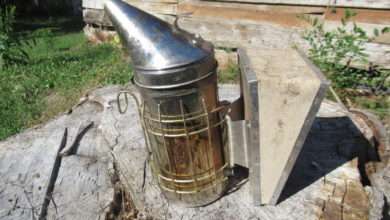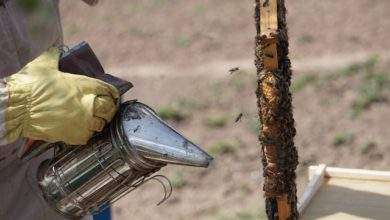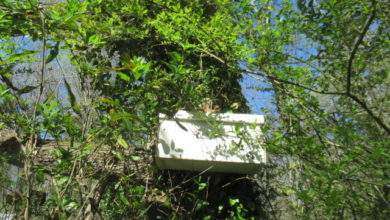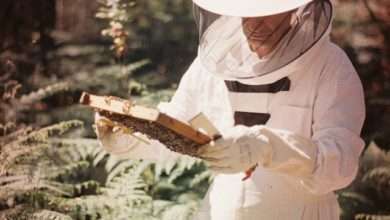Honey Extractor
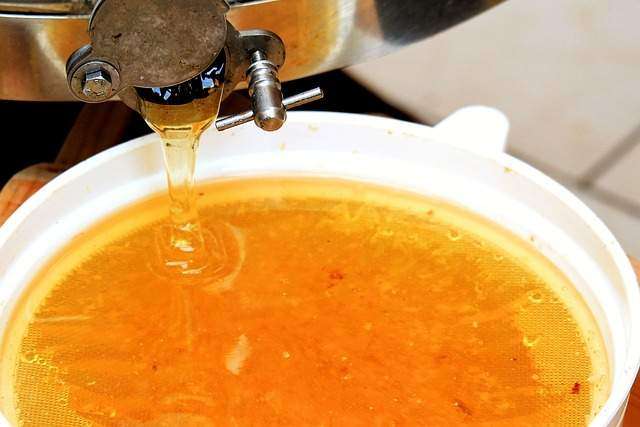
Looking at purchasing the best honey extractor?
Since I recently upgraded mine, I thought I’d share some thoughts.
Investment
Even though you only use your extractor once a year (for most of us), it’s a large initial investment and you want to make the right decision.
Prices range from under two hundred dollars to over a thousand dollars. There are many good honey extractors available for a reasonable cost.
Here are some features to consider when purchasing a honey extractor.
Manual or Electric
All honey extractors work through the use of centrifugal force. There are two types, manual and electric.
Manual Extractors
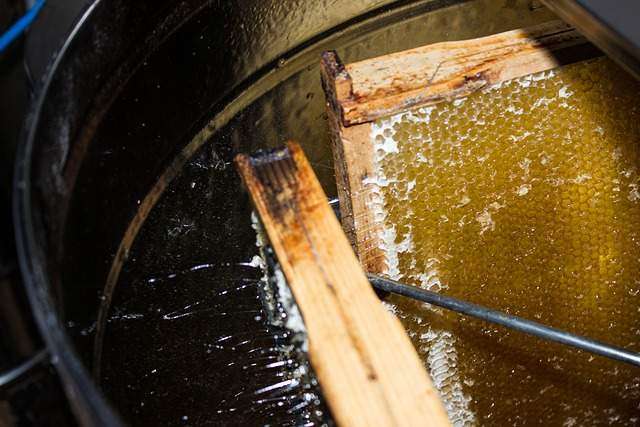
Most experienced beekeepers advise new beekeepers to start with a manual honey extractor and then trade up later on. Manual extractors have been around for over one hundred years.
Many new beekeepers start with only one to three hives, so a manual extractor will do just fine.
Years ago, I bought a used 2 frame manual extractor at a yard sale from an Amish gentleman. The extractor used a bicycle chain on the gears.
The biggest difficulty was that the top gear drive had to be removed to place and remove the frames. It made the process very time-consuming.
The biggest challenge with a manual extractor is that your arms will get tired from turning the handle and with most extractors, you will have to spend 10 minutes turning the handle and the turn the frames around for another 10 minutes.
The benefit to using a manual extractor is that you don’t need electricity to operate it. Of course, if you’re outside trying to extract honey, you will attract a lot of bees.
So, my advice to newbie’s is to pick a model where it is easy to turn the crank.
Electric Extractors
There a quiet a few manufactures of electric honey extractors. Many advertised on the Internet seem to be made in China and appear to be the same model, under different brand names.
Electric extractors cost two to four times as much as a manual one. A high-quality electric extractor can be a significant expense for a beekeeping hobbyist.
The motors are usually single speed or variable speed options. Motors are rated by watts, usually 110 or 120 watts. Some manufacturers will list the rpm (revolutions per minute) of the motor (such as 1300 rpm).
If you’re going to shell out the bucks for an electric extractor, you should get a variable speed motor. The reason for this is that if the motor spins too fast it could damage the wax combs. A variable speed motor will allow you to adjust the spin speed.
The benefit to an electric extractor is that it is easier to operate than a manual one. You just flip the switch and watch it spin, without any manual labor.
Another benefit is that electric models are much faster than manual models and will save you hours of time and effort.
How Many Frames?
Commercial honey extractors can hold more than one hundred frames. The smallest and most economical honey extractors hold 2 frames.
Most hobby beekeepers find a 2 frame to 6-frame model adequate for their needs. Once you go past the 6-frame extractor size the prices get real expensive.
Drum
The drum size and composition is an important consideration when choosing an extractor to buy.
Metal or Plastic Drum?
Hands down, go for metal. If you buy a plastic model, you’ll be upgrading it to metal the next year. My first extractor was made of heavy duty plastic and it still warped.
The best choice is of material is food grade stainless steel. Some are made from 16 or 26-gauge steel and others from “food grade #304 stainless steel” which is a common grade of stainless steel used for food preparation.
Many of the better models have a cone-shaped bottom, to allow better draining of the honey.

Legs or Stand
No matter whether the model has legs or a stand, the height should be tall enough to fit a 5-gallon bucket. This means the honey gate should be at least 15 inches above the ground.
Many models, such as the 2nd one I purchased did not allow a 5-gallon bucket underneath.
Also, models with legs tend not to be as sturdy as those resting on stands. My last model with legs constantly vibrated and tended to move around. We finally had to resort to holding it, to keep it in place.
Hint: put a towel underneath, so it doesn’t scratch the floor in case it vibrates or moves.
Baskets
There are two types of baskets, tangential or radial. Tangential baskets need to be turned, because they have one side of the comb facing outward. Radial baskets do not need to be turned, because they have the top bar of the frame facing outwards.
Radial baskets typically cost more, and are mostly used by large corporate honey producers.
Tangential baskets are used by most backyard and small hobby beekeepers, since most 2 – 6 frame honey extractors have tangential baskets.
The image on the right shows a 3-frame basket, without the motor.
The baskets should fit the three most common sizes, Shallow, Medium and Deep frames.
The design of the baskets should be such that the frames can easily be removed, without removing the top gears or motor.
Honey Gate
Also called a honey gate valve, this allows the honey to flow out of the extractor.
They are usually sized from 1.25” to 2” is diameter and are made of either food grade plastic or metal, with plastic being the most common.
A honey gate should have a gasket or O-Ring supplied, to prevent leaking.
The model I received did not include an O-Ring and there was a visible gap between the drum and where the honey gate fit. I had to take a last-minute trip to Home Depot to pick one up.
Coupling & Gears
The coupling and gears are critical to the operation of the extractor.
The gears must “couple” correctly to provide a proper spin for your extractor. If the gears are not coupled correctly the shaft will wobble and cause a lot of vibration.
The parts are typically made of steel, aluminum or heavy-duty plastic. Steel gears are best.
As you can see from the image, aluminum gears can crack.
After mine cracked, I had to place a rubber hose clamp on it to hold it together, to finish my honey extracting.
Lids
Clear plexiglass lids are a nice option for monitoring your progress. They also keep stray drops of honey from flying out of your extractor. The first time we used an extractor without a lid we were covered in honey, from the waist up.
Assembly and Instructions
Many models require some type of assembly. Typically, this includes the legs, honey gate, top gears or motor and coupling the motor to the cage assembly.

One of the biggest complaints I read about is the lack of instructions. My latest purchase did not include them, but the assembly was easy. This seems to be a problem from most of the units that are Chinese-made.
Another issue includes parts that are covered in oil. They must be cleaned thoroughly before you can assemble your extractor.
Cleaning
The extractor should be easy to dissemble and clean. When you are finished extracting, your bees will do much of your clean-up work. Soap and water should do the rest.
Warranty or Guarantee
When you buy a new extractor you should receive a warranty or guarantee. Some only have a 30-day guarantee while other have a Lifetime Warranty. Obviously, the better manufacturers stand by their equipment and offer better warranties.
Conclusion
Harvesting your honey is one of the most enjoyable parts of beekeeping. Tasting and eating your honey is another part.
A honey extractor is a critical part of your honey extraction process and you want a durable machine to make your experience hassle-free, no matter whether you have one or one hundred hives.
